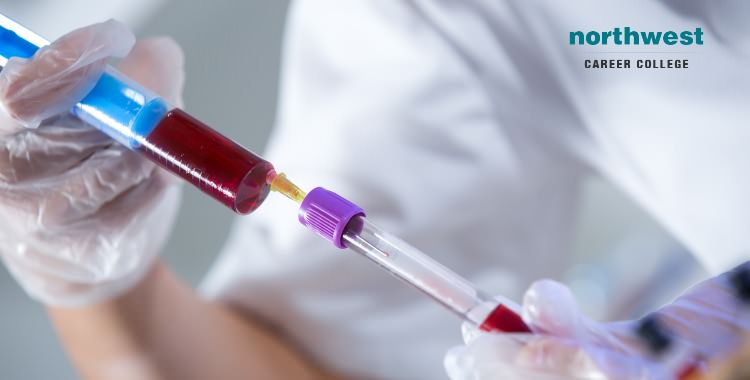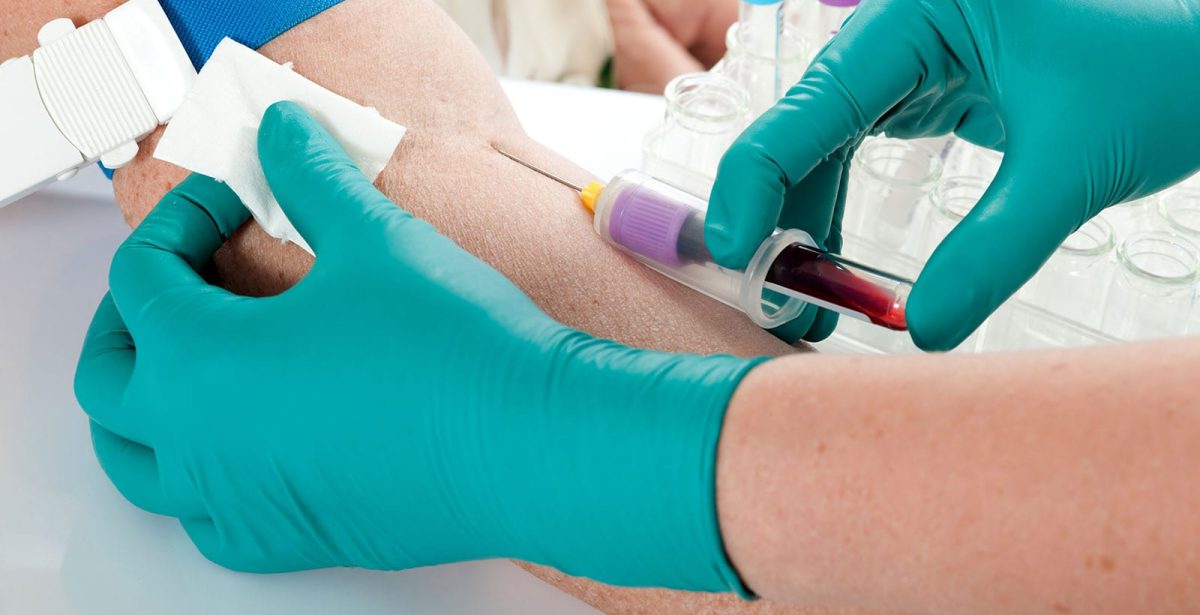Excitement About Northeast Medical Institute - New Haven Campus Phlebotomy Course & Cna Class
Excitement About Northeast Medical Institute - New Haven Campus Phlebotomy Course & Cna Class
Blog Article
The Ultimate Guide To Northeast Medical Institute - New Haven Campus Phlebotomy Course & Cna Class
Table of ContentsNot known Factual Statements About Northeast Medical Institute - New Haven Campus Phlebotomy Course & Cna Class The Ultimate Guide To Northeast Medical Institute - New Haven Campus Phlebotomy Course & Cna ClassThe Buzz on Northeast Medical Institute - New Haven Campus Phlebotomy Course & Cna ClassNortheast Medical Institute - New Haven Campus Phlebotomy Course & Cna Class for DummiesNortheast Medical Institute - New Haven Campus Phlebotomy Course & Cna Class for DummiesThe Facts About Northeast Medical Institute - New Haven Campus Phlebotomy Course & Cna Class Uncovered
The usage of such devices ought to be accompanied by other infection avoidance and control practices, and training in their usage. Not all security tools are suitable to phlebotomy. Prior to choosing a safety-engineered device, users must completely explore available tools to identify their appropriate usage, compatibility with existing phlebotomy practices, and efficacy in securing staff and patients (12, 33).For settings with low resources, cost is a driving consider procurement of safety-engineered gadgets - PCT Classes. Where safety-engineered gadgets are not available, proficient use a needle and syringe serves. Unintentional direct exposure and certain details about an occurrence need to be videotaped in a register. Support solutions need to be promoted for those who undertake unintended exposure.
labelling); transport conditions; analysis of outcomes for scientific management. In an outpatient department or clinic, supply a devoted phlebotomy work area containing: a clean surface area with 2 chairs (one for the phlebotomist and the other for the patient); a hand clean basin with soap, running water and paper towels; alcohol hand rub. In the blood-sampling space for an outpatient department or clinic, provide a comfy reclining sofa with an arm rest.
The Buzz on Northeast Medical Institute - New Haven Campus Phlebotomy Course & Cna Class
Ensure that the indications for blood tasting are plainly specified, either in a written protocol or in recorded guidelines (e.g. in a research laboratory type). In any way times, adhere to the methods for infection prevention and control noted in Table 2.2. Infection prevention and control techniques. Accumulate all the tools needed for the treatment and area it within secure and very easy reach on a tray or cart, making certain that all the things are clearly visible.
Where the individual is adult and mindful, follow the actions detailed below. Introduce yourself to the individual, and ask the patient to mention their full name. Examine that the lab type matches the client's identification (i.e. match the patient's details with the lab type, to make certain precise recognition). Ask whether the license has allergies, fears or has ever collapsed throughout previous shots or blood attracts.
Make the individual comfortable in a supine placement (ideally). Place a tidy paper or towel under the person's arm. Talk about the examination to be done (see Annex F) and get spoken approval. The person has a right to decline a test any time before the blood tasting, so it is very important to make certain that the client has understood the procedure.
The Ultimate Guide To Northeast Medical Institute - New Haven Campus Phlebotomy Course & Cna Class
Expand the person's arm and evaluate the antecubital fossa or lower arm. Find a blood vessel of a good size that is visible, straight and clear. The diagram in Area 2.3, shows common positions of the vessels, however many variations are possible. The average cubital capillary exists between muscle mass and is usually straight from the source one of the most simple to pierce.
DO NOT put the needle where capillaries are drawing away, since this increases the opportunity of a haematoma. The capillary must be visible without using the tourniquet. Situating the blood vessel will help in determining the correct size of needle. Use the tourniquet concerning 45 finger widths over the venepuncture website and re-examine the vein.
Samplings from main lines carry a risk of contamination or incorrect lab examination results. It is acceptable, yet not perfect, to draw blood samplings when very first introducing an in-dwelling venous tool, before linking the cannula to the intravenous liquids.
7 Easy Facts About Northeast Medical Institute - New Haven Campus Phlebotomy Course & Cna Class Shown
Failure to allow sufficient contact time enhances the danger of contamination. DO NOT touch the cleansed website; in specific, DO NOT put a finger over the capillary to guide the shaft of the exposed needle.
Ask the patient to develop a clenched fist so the capillaries are more famous. Go into the vein quickly at a 30 degree angle or less, and remain to present the needle along the vein at the simplest angle of entrance - Phlebotomy Courses. When adequate blood has been gathered, release the tourniquet BEFORE withdrawing the needle
Some Known Details About Northeast Medical Institute - New Haven Campus Phlebotomy Course & Cna Class
Take out the needle gently and use mild pressure to the site with a tidy gauze or dry cotton-wool round. Ask the patient to hold the gauze or cotton woollen in position, with the arm extended and raised. Ask the client NOT to flex the arm, since doing so triggers a haematoma.

Northeast Medical Institute - New Haven Campus Phlebotomy Course & Cna Class Fundamentals Explained
Do not press the syringe plunger due to the fact that added pressure boosts the threat of haemolysis. Where possible, keep televisions in a rack and relocate the shelf towards you. Infuse downwards into the proper coloured stopper. DO NOT get rid of the stopper since it will release the vacuum. If the example tube does not have a rubber stopper, inject extremely gradually into television as lessening the pressure and velocity used to move the specimen lowers the danger of haemolysis.

Report this page